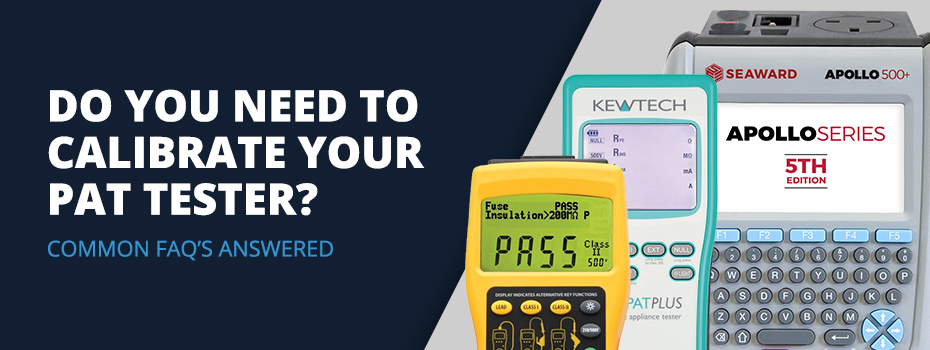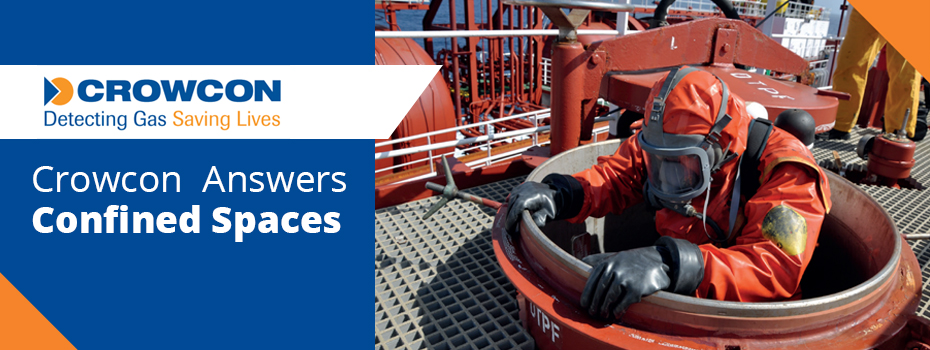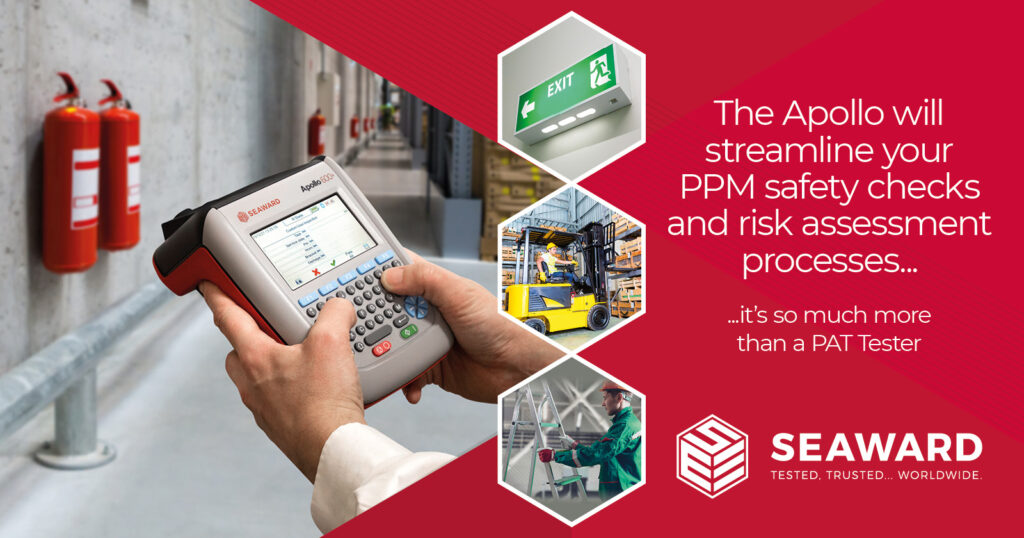 Do I need to calibrate my PAT Tester? People ask this question all the time, and we understand why. Calibrating your PAT is costly; it’s inconvenient; it’s annoying. However, the reality is it’s also necessary. Missing a calibration could be devastating and likely to cost you more money and generate more inconvenience than if you'd just calibrated your tester in the first place. Find out why PAT tester calibration is so crucial and get the answers to other frequently asked questions.[1]
Continue reading →
Do I need to calibrate my PAT Tester? People ask this question all the time, and we understand why. Calibrating your PAT is costly; it’s inconvenient; it’s annoying. However, the reality is it’s also necessary. Missing a calibration could be devastating and likely to cost you more money and generate more inconvenience than if you'd just calibrated your tester in the first place. Find out why PAT tester calibration is so crucial and get the answers to other frequently asked questions.[1]
Continue reading →Health and Safety
-
Do I Need to Calibrate my PAT Tester? Common PAT Calibration FAQs Answered
 Do I need to calibrate my PAT Tester? People ask this question all the time, and we understand why. Calibrating your PAT is costly; it’s inconvenient; it’s annoying. However, the reality is it’s also necessary. Missing a calibration could be devastating and likely to cost you more money and generate more inconvenience than if you'd just calibrated your tester in the first place. Find out why PAT tester calibration is so crucial and get the answers to other frequently asked questions.[1]
Continue reading →
Do I need to calibrate my PAT Tester? People ask this question all the time, and we understand why. Calibrating your PAT is costly; it’s inconvenient; it’s annoying. However, the reality is it’s also necessary. Missing a calibration could be devastating and likely to cost you more money and generate more inconvenience than if you'd just calibrated your tester in the first place. Find out why PAT tester calibration is so crucial and get the answers to other frequently asked questions.[1]
Continue reading → -
News Roundup: Now is the Time to Test for Legionella
 As businesses and schools reopen after the Christmas break, now is the time to test for Legionella pneumophilia bacteria that may have built up in stagnant water systems. With all the chaos of last year, it is understandable that stories about outbreaks of Legionnaires’ disease were not at the top of news feeds. Nevertheless, several such stories broke in 2022, and, if we don’t want a repeat of this in 2023, it is imperative that we all take precautionary measures.
Continue reading →
As businesses and schools reopen after the Christmas break, now is the time to test for Legionella pneumophilia bacteria that may have built up in stagnant water systems. With all the chaos of last year, it is understandable that stories about outbreaks of Legionnaires’ disease were not at the top of news feeds. Nevertheless, several such stories broke in 2022, and, if we don’t want a repeat of this in 2023, it is imperative that we all take precautionary measures.
Continue reading → -
Crowcon Answers Confined Spaces FAQs
 Confined spaces pose a significant hazard to workers’ lives. Recently, BBC East Midlands published a story covering a corporate manslaughter trial taking place in Leicester Crown Court. Greenfeeds Limited is charged with two counts of corporate manslaughter after two of its employees, Nathan Walker (19) and Gavin Rawson (35), lost consciousness due to high CO2 concentrations and subsequently drowned inside a tanker.[1] Seven years before this incident in May 2009, two men, Maarten Pieter Den Heijer (30) and Robert MacDonald (45), died as a result of low O2 concentrations beneath the deck of a barge moored on Loch Creran, a sea farm near Oban. Scottish Sea Farms and Logan Inglis were fined £600 000 and £40 000 respectively (these fines were later reduced to £333 335 and £20 000) for breaches of health and safety regulations such as failing to train staff for working in confined spaces like the sealed chambers present on the Loch Creran barge.[2] Approximately 15 people in the UK lose their lives due to accidents in confined spaces; this number includes fatalities resulting from failed rescue attempts.[3] Therefore, it is vital to understand the risks, regulations, procedures, and equipment pertaining to working in confined spaces before you or your employees undertake any work. Thankfully, Crowcon has answered several frequently asked questions about confined spaces using the information outlined in the HSE's (UK) and OSHA's (USA) documentation on the subject.[4]
Continue reading →
Confined spaces pose a significant hazard to workers’ lives. Recently, BBC East Midlands published a story covering a corporate manslaughter trial taking place in Leicester Crown Court. Greenfeeds Limited is charged with two counts of corporate manslaughter after two of its employees, Nathan Walker (19) and Gavin Rawson (35), lost consciousness due to high CO2 concentrations and subsequently drowned inside a tanker.[1] Seven years before this incident in May 2009, two men, Maarten Pieter Den Heijer (30) and Robert MacDonald (45), died as a result of low O2 concentrations beneath the deck of a barge moored on Loch Creran, a sea farm near Oban. Scottish Sea Farms and Logan Inglis were fined £600 000 and £40 000 respectively (these fines were later reduced to £333 335 and £20 000) for breaches of health and safety regulations such as failing to train staff for working in confined spaces like the sealed chambers present on the Loch Creran barge.[2] Approximately 15 people in the UK lose their lives due to accidents in confined spaces; this number includes fatalities resulting from failed rescue attempts.[3] Therefore, it is vital to understand the risks, regulations, procedures, and equipment pertaining to working in confined spaces before you or your employees undertake any work. Thankfully, Crowcon has answered several frequently asked questions about confined spaces using the information outlined in the HSE's (UK) and OSHA's (USA) documentation on the subject.[4]
Continue reading → -
Seaward Apollo+ Is More Than Just a PAT Tester
 Seaward’s Apollo 500+ and Apollo 600+ are 5th Edition compliant, downloadable PAT testers. In addition to a comprehensive selection of electrical tests and practical, ergonomic features such as an extensive memory, full QWERTY keyboard, and colour HD display, these market-leading models also include safety checks and risk assessments for streamlining your Planned Preventative Maintenance (PPM) routines.
Continue reading →
Seaward’s Apollo 500+ and Apollo 600+ are 5th Edition compliant, downloadable PAT testers. In addition to a comprehensive selection of electrical tests and practical, ergonomic features such as an extensive memory, full QWERTY keyboard, and colour HD display, these market-leading models also include safety checks and risk assessments for streamlining your Planned Preventative Maintenance (PPM) routines.
Continue reading →
Page
Previous
Page 1 of 1
Page
Next


